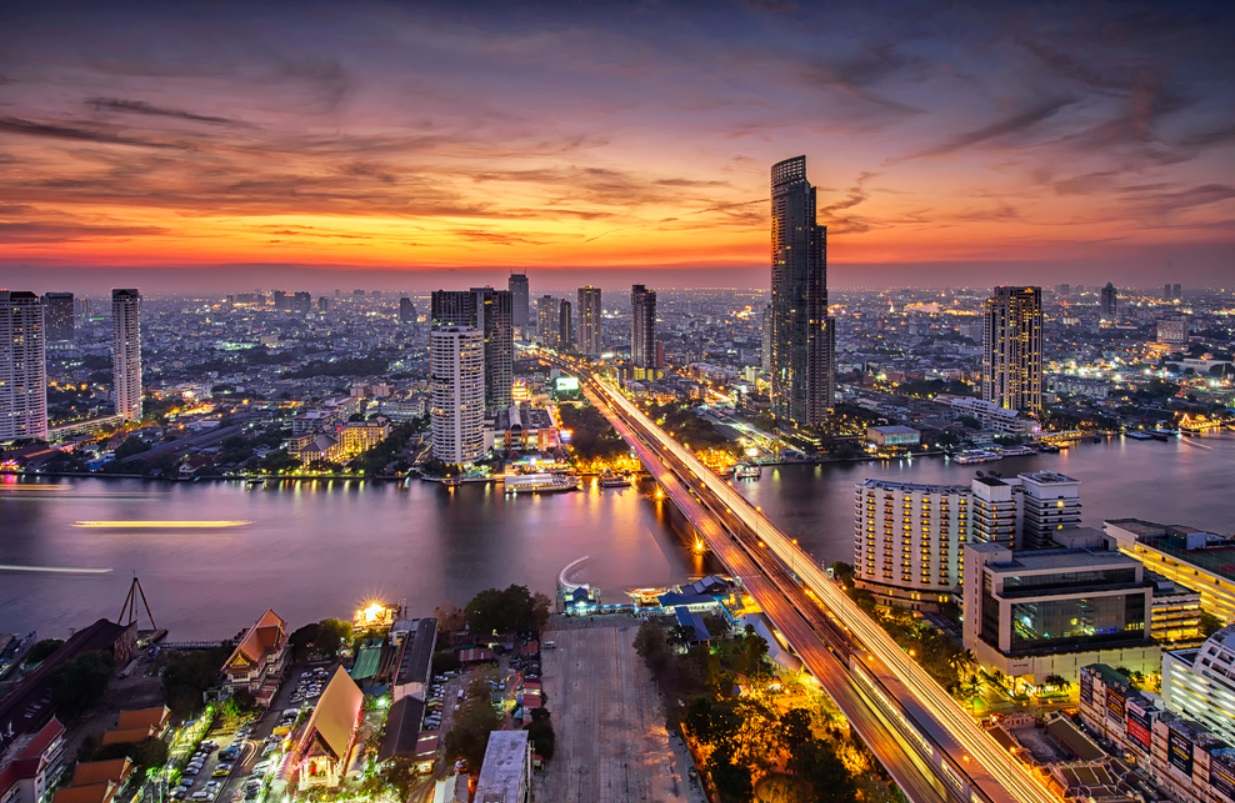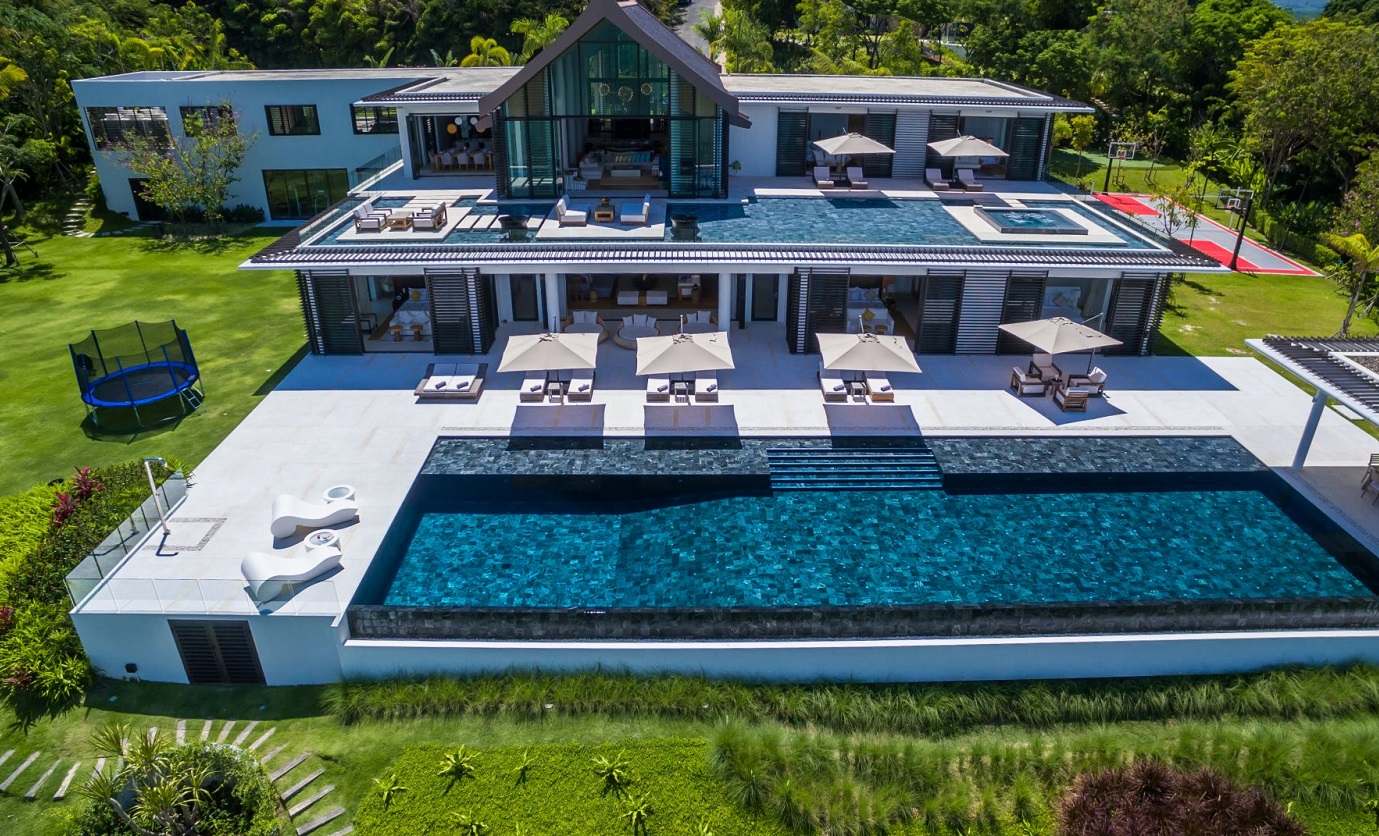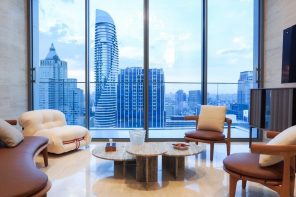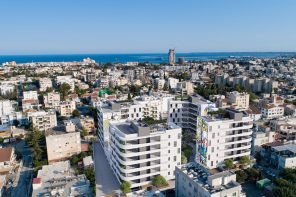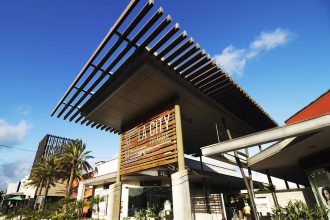Thailand is steadily positioning itself as one of Southeast Asia’s strongest players in the luxury real estate market. Though countries like Malaysia and the city-state of Singapore have long been the leading players in the region when it comes to attracting global investors, Thailand has risen as a significant market when it comes to high-quality developments that are easy on the pocket, while also offering a lifestyle appeal that attracts ultra-high-net-worth individuals (UHNWIs).
Whether it’s branded residences in Bangkok or high-end private villas in Phuket, Thailand is reshaping its property market to cater to foreign demand while also maintaining its strength in the domestic luxury sector.
Related article: Phuket Villas with Private Pools: Luxury Meets Tranquility
Luxury Real Estate Market in Thailand
Regional and global trends are shaping the luxury real estate market in Thailand. Data from Thailand Business News reveals that the broader Southeast Asian real estate market has a projected growth of USD 23.32 trillion. While Singapore and Kuala Lumpur have been the leaders in the region in recent years, UHNWIs are beginning to shift their focus to neighboring markets. Some reasons include the escalating prices in Singapore, which have made entry more challenging, while Kuala Lumpur and Jakarta are facing oversupply issues. Against these current challenges, Thailand started gaining traction in both property investment and lifestyle offerings.
Bangkok saw an increase in high-end residential project launches in 2024, with developers revealing a more vigorous pre-sales activity as compared to 2023. Reports indicate that international buyers account for over 40% of sales in select luxury condominium projects, highlighting the high demand from the global market.
Modern Diplomacy states that residential sales in Thailand are projected to increase by 3.7%, with the property prices per square meter increasing by 3.49% in the first quarter of 2025. Rental revenue growth, on the other hand, has held steady at 6 to 8% depending on the location and type of property. When it comes to selling prices, Bangkok apartments now range between USD $100 million and USD $ 150 million.
The consistent rise in both capital values and rental yields sets Thailand apart from markets struggling with either stagnation or oversupply. Bangkok’s central business districts, such as Sukhumvit and Silom, are now commanding higher price premiums, while Phuket and Koh Samui continue to attract buyers seeking exclusive villa ownership. Together, these trends point toward sustainable long-term growth across urban and resort markets.
What Makes the Growth of Thailand’s Luxury Real Estate Market Remarkable
Here are the reasons behind the growth of the country’s luxury real estate market:
1. Branded Residences From Big Names in the Luxury Industry
One of the hallmark markets of Thailand’s luxury real estate boom is the rise of branded residences. Global luxury names are partnering with developers to create homes that blend world-class design with premium services. These projects offer more than just living spaces; they promise exclusivity, lifestyle, and long-term value.
One of these properties includes the Porsche Design Tower Bangkok, which reflects innovation in design and architecture. Catering to a clientele that seeks prestige and convenience, similar properties are on the rise in the capital city. Similarly, Scope Langsuan, also in Bangkok, is redefining urban luxury with highly coveted one and two-bedroom residences in a prime location in the city.
These developments indicate a current shift towards properties that combine the privacy of personal estates with hotel-style services, a model that is increasingly popular among high-income earners worldwide.
The presence of international hotel brands has also fueled investor confidence. Residences managed by Ritz-Carlton, Four Seasons, and Mandarin Oriental are drawing buyers who value globally recognized service standards. These branded projects tend to outperform non-branded competitors in both resale values and rental income, underscoring their growing role in the Thai market.
2. Prime Locations
A key driver of Thailand’s luxury property growth is location. Bangkok remains the dominant interest when it comes to high-rise apartments and branded residences, while Phuket emerges as the top location for high-end private villas.
The Bang Tao and Layan areas in Phuket, such as this Elite Homes listing, are seen to face higher prices. They are mainly in demand, with villa prices reaching up to THB 180,000 per square meter, according to Modern Diplomacy. Despite these rising costs, demand remains high due to the area’s reputation as a lifestyle and leisure hub.
The inner city locations of Bangkok, which are Sathorn, Sukhumbit, and Langsuan, are commanding premium prices due to their proximity to business centers, retail hubs, and international schools. Developers are increasingly targeting these areas for new luxury towers, where space is limited and demand continues to grow. Outside of Bangkok, Chiang Mai is beginning to see interest from boutique luxury investors seeking smaller but distinct lifestyle properties.
Investors see these prime locations not only as secure long-term holdings but also as lifestyle investments. With a combination of urban sophistication in Bangkok and holiday style living in the islands of Phuket and Koh Samui, buyers see a distinct opportunity that very few other Southeast Asian markets offer. This dual-market appeal remains attractive for both city-based investors and those seeking resort-style leisure properties.
3. Ease of Foreign Investment
Another defining factor supporting Thailand’s growth is its relative openness to foreign investment. Some of these include relaxed visa regulations, government-backed initiatives, and favorable ownership structures that have made the market more accessible to international investors. One of the government initiatives is introducing the long-term resident visas (LTR) that attract wealthy foreign citizens, retirees, and professionals. All of these make it easier for buyers to reside in the country while also having property assets.
Compared to other markets in the region with stricter property ownership rules, Thailand stands out by offering a smoother path for foreign investors to establish a foothold in the region. Condominium ownership in the county is permitted up to 49% of a building’s total area, which proves to attract international buyers. Moreover, leasehold options on villas provide a choice for long-term ownership. These frameworks allow investors to have the flexibility that suits their lifestyle needs and financial capabilities.
The government has also improved transaction transparency, which builds confidence for global buyers. Digital platforms for property registration and the enforcement of more straightforward ownership guidelines help to remove barriers. These steps are positioning Thailand as a market that not only welcomes investment but also strengthens investor protection.
These advantages are particularly appealing to UHNWIs who seek a balance of investment returns, lifestyle value, and ease of access. As international mobility continues to increase, Thailand’s policy environment is positioning the country as one of the more foreign-investor-friendly markets in the region.
A Prime Destination for Global Luxury Investors
Thailand’s luxury real estate market is entering a phase of significant growth, driven by rising property values, strong rental yields, and increasing interest from global investors. Branded residences, prime locations, and a favorable investment environment are combining to make the country one of Southeast Asia’s leading destinations for high-end property. For UHNWIs, the timing is right to look at Thailand not only as a place for investment but also as a destination offering lifestyle, prestige, and long-term security. The strength of Thailand’s market lies in its ability to balance affordability, exclusivity, and investor accessibility, positioning it as one of the most promising luxury real estate markets in the region.
–
Featured Image by

